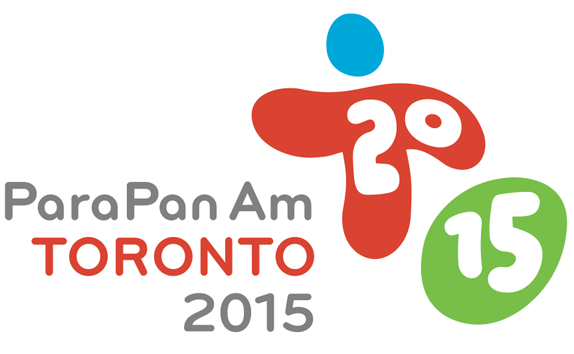 | ||
Instances 2023 Pan American Games, 2007 Pan American Games, 2003 Pan American Games, 1999 Pan American Games, 1995 Pan American Games | ||
Pan american games guadalajara 2011 the complete opening ceremony ceremonia de inauguraci n
The Pan-American or Pan American Games (also known colloquially as the Pan Am Games) is a major sporting event in the Americas featuring summer sports, in which thousands of athletes participate in a variety of competitions. The competition is held among athletes from nations of the Americas, every four years in the year before the Summer Olympic Games. The only Winter Pan American Games were held in 1990. The Pan American Sports Organization (PASO) is the governing body of the Pan American Games movement, whose structure and actions are defined by the Olympic Charter.
Contents
- Pan american games guadalajara 2011 the complete opening ceremony ceremonia de inauguraci n
- Early games
- Recent games
- Winter Pan American Games
- Pan American Sports Organization
- Symbols
- Opening
- Closing
- Medal presentation
- Sports
- Champions and medalists
- Host nations and cities
- Participating nations
- References
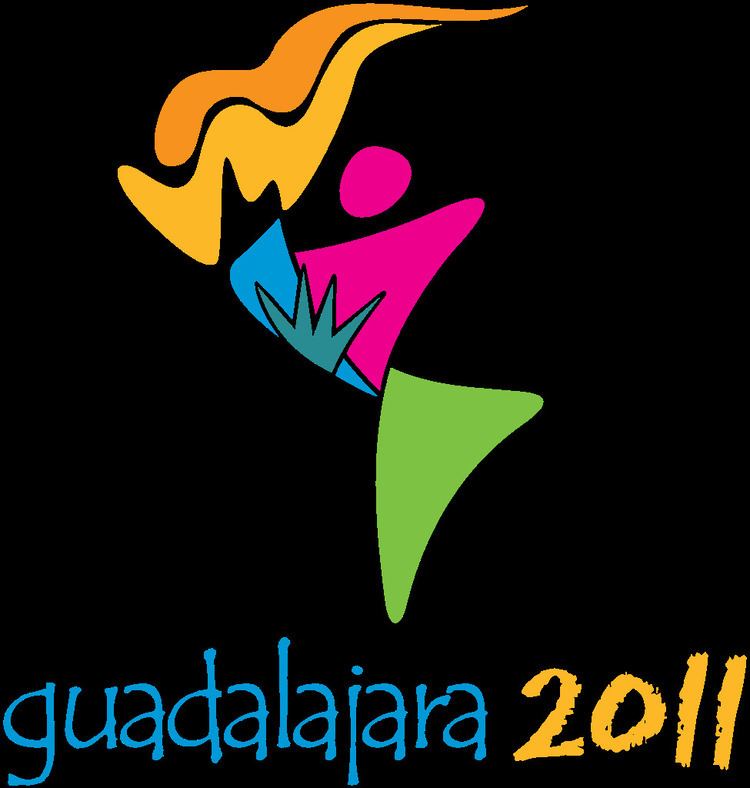
The XVII Pan American Games were held in Toronto from July 10–26, 2015; the XVIII Pan American Games will be in Lima in 2019. Since 2007, host cities are contracted to manage both the Pan American and the Parapan American Games, in which athletes with physical disabilities compete with one another. The Parapan American Games are held immediately following the Pan American Games.
The Pan American Games Movement consists of international sports federations (IFs), National Olympic Committees (NOCs) that are recognized by PASO, and organizing committees for each specific Pan American Games. As the decision-making body, PASO is responsible for choosing the host city for each Pan American Games. The host city is responsible for organizing and funding a celebration of the Games consistent with the Olympic Charter (since PASO is affiliated with the IOC, the Olympic Charter) and rules. The Pan American Games program, consisting of the sports to be contested at the Games, is determined by PASO. The celebration of the Games encompasses many rituals and symbols, such as the flag and torch, and the opening and closing ceremonies. Over 5,000 athletes compete at the Pan American Games in 36 sports and nearly 400 events. The first, second, and third-place finishers in each event receive gold, silver, and bronze medals, respectively.
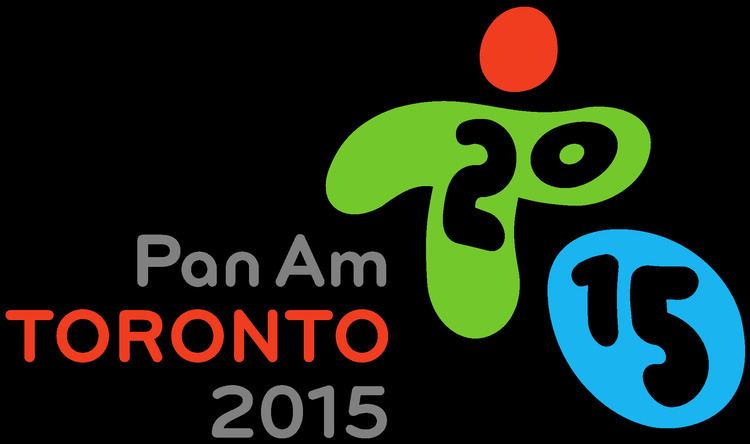
Early games
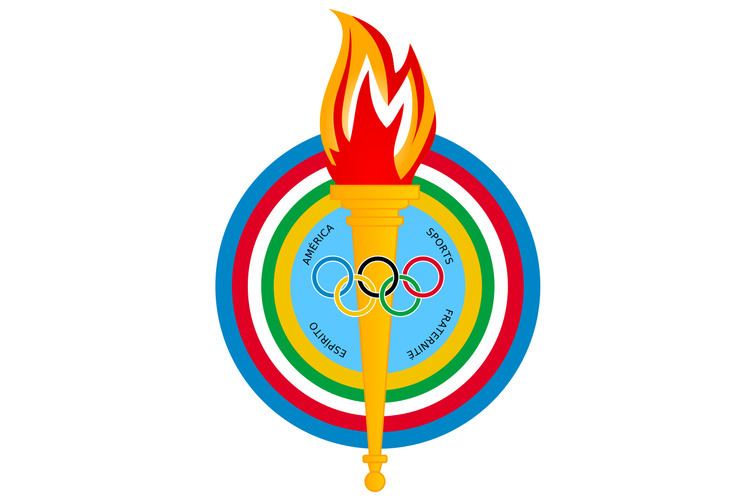
The idea of holding a Pan American Games was first raised at the 1932 Summer Olympics in Los Angeles, where Latin American representatives of the International Olympic Committee (IOC) suggested that a competition among all the countries in the Americas should be created. The first event called the Pan American Games took place in Dallas in 1937 as part of the Greater Texas & Pan-American Exposition, but it attracted so little attention it has never counted in the records of the competition.
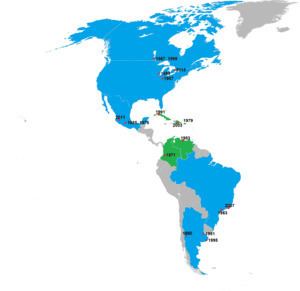
At the first Pan American Sports Congress, held in Buenos Aires in 1940, the participants decided that the first games should be held in Buenos Aires in 1942. The plans had to be postponed because of World War II. A second Pan American Sports Congress held in London during the 1948 Summer Olympics reconfirmed Buenos Aires as the choice of host city for the inaugural games, which were held in 1951. The games offered 18 sports. Countries that were part of the Commonwealth of Nations such as Canada did not compete at the first Pan American Games. The second games were held in Mexico City, Mexico. Competitions started on March 12 and included 2,583 athletes from 22 countries, competing in 17 sports. The Pan American Games were held subsequently every four years in the cities of Chicago, United States in 1959, São Paulo, Brazil in 1963 and Winnipeg, Canada in 1967.
Recent games
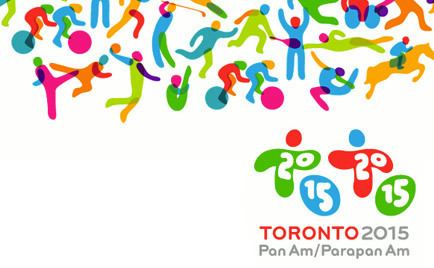
While the inaugural 1951 Games hosted 2,513 participants representing 14 nations, the 2007 Pan American Games involved 5,633 competitors from 42 countries. During the games most athletes and officials are housed in the Pan American Games village. This village is intended to be a self-contained home for all the participants. It is furnished with cafeterias, health clinics, and locations for religious expression.
PASO allows nations to compete that do not meet the strict requirements for political sovereignty that other international organizations demand. As a result, colonies and dependencies are permitted to set up their own National Olympic Committees. Examples of this include territories such as Puerto Rico and Bermuda which compete as separate nations despite being legally under the jurisdiction of another power.
Winter Pan American Games
There have been attempts to hold Winter Pan American Games throughout the history of the games, but these have had little success. An initial attempt to hold winter events was made by the organizers of the 1951 Pan American Games in Buenos Aires, who planned to stage winter events later in the year but dropped the idea due to lack of interest. Reliable winter snow in the Americas is limited to two countries, the United States and Canada. Andean winter weather is often fickle, and higher elevation areas in South America with annual snow often lack the infrastructure to host major sporting events. Another difficulty is that the Americas cover two hemispheres, which creates scheduling issues related to reverse seasons.
Lake Placid, New York tried to organize Winter Games in 1959 but, again, not enough countries expressed interest. The plans were eventually cancelled.
In 1988, members of PASO voted to hold the first Pan American Winter Games at Las Leñas, Argentina in September 1989. It was further agreed that Winter Games would be held every four years. Lack of snow however, forced the postponement of the games until September 16–22, 1990 when only eight countries sent 97 athletes to Las Leñas. Of that total, 76 were from just three countries: Argentina, Canada, and the United States. Weather was unseasonably warm and again there was little snow, so only three Alpine Skiing events – the Slalom, Giant Slalom, and Super G were staged. The United States and Canada won all 18 medals.
PASO awarded the second Pan American Winter Games to Santiago, Chile for 1993. The United States warned that it would not take part unless a full schedule of events was held. The Santiago organizing committee eventually gave up on planning the Games after the United States Olympic Committee declined to participate, and the idea has not been revived since.
Pan American Sports Organization
The Pan American Games Movement encompasses a number of national and international sporting organizations and federations, recognized media partners, athletes, officials, judges, and every other person and institution that agrees to abide by the rules of the Olympic Charter (which is the same as PASO's charter). As the umbrella organization of the Olympic Movement, PASO is responsible for selecting the host city, overseeing the planning of the Pan American Games, updating and approving the sports program, and negotiating sponsorship and broadcasting rights.
The Pan American Games Movement is made of three major elements:
Spanish and English are the official languages of the Pan American Games Movement. The other language used at each Pan American Games is the language of the host country. Every proclamation (such as the announcement of each country during the parade of nations in the opening ceremony) is spoken in these three languages or the main two depending on whether the host country is an English or Spanish speaking country.
Symbols
The Pan American Games Movement uses symbols to represent the ideals embodied in the Pan American Games charter. The Pan American Sports Organization flag displays the PASO logo on a white background. To highlight the close association between the International Olympic Committee and the Pan Am Games, the Olympic Rings were added to the flag in 1988. The flag has been hoisted during each celebration of the Games. The flag was hoisted while the Olympic Hymn was played until the 2007 Games. In 2011 Games, the new anthem was played for the first time. The anthem itself was composed in 2008.
Similar to the Olympic flame, the Pan American Games flame is lit well before the Games are to commence. The flame was lit for the first games in Olympia, Greece. For subsequent games, the torch has been lit by Aztec people in ancient temples, first in the Cerro de la Estrella and later in the Pyramid of the Sun at the Teotihuacan Pyramids. The only exception was for the São Paulo games in 1963, when the torch was lit in Brasília by the indigenous Guaraní people. An Aztec then lights the torch of the first relay bearer, thus initiating the Pan American Games torch relay that will carry the flame to the host city's main stadium, where it plays an important role in the opening ceremony. Since 2011, the flame is required to be held during the games in the stadium which will host the athletics competition. If the Opening ceremony and athletics competition will be held in different stadiums, the flame will be required to move from one stadium to the other. Exceptions occurred in the 1987, 1999 and 2007 Games, each of which had only one cauldron.
The Pan American Games mascot, an animal or human figure representing the cultural heritage of the host country, was introduced in 1979 in San Juan, Puerto Rico. It has played an important part on the Games identity and promotion. The mascot of the most recent Pan American Games, in Toronto, was Pachi, a porcupine.
List of Games mascots:
Opening
As mandated by the Olympic Charter, various elements frame the opening ceremony of the Pan American Games. The ceremony typically starts with the hoisting of the host country's flag and a performance of its national anthem. The host nation then presents artistic displays of music, singing, dance, and theater representative of its culture and history. The artistic presentations have grown in scale and complexity as successive hosts attempt to provide a ceremony that outlasts its predecessor's in terms of memorability. The opening ceremony of the Guadalajara Games reportedly cost $20 million, with much of the cost incurred in the artistic segment.
After the artistic portion of the ceremony, the athletes parade into the stadium grouped by nation. Argentina is traditionally the first nation to enter in order to honor the origins of the Pan American Games, similar to how Greece enters first in the Olympic Games as the originator. Nations usually then enter the stadium alphabetically according to the Spanish language, though Toronto's ceremony saw them enter in French alphabetical order. The host country's athletes are the last to enter. During the 1995 Pan American Games, which was hosted in Mar del Plata, Argentina, the Argentine flag entered the stadium first, while the country's delegation entered last (similar to what happened with Greece in the 2004 Summer Olympics). Speeches are given, formally opening the Games. Finally, the Pan American Games torch is brought into the stadium and passed on until it reaches the final torch carrier—often a well-known and successful athlete from the host nation—who lights the Pan American Games flame in the stadium's cauldron.
Closing
The closing ceremony of the Pan American Games takes place after all sporting events have concluded. Flag-bearers from each participating country enter the stadium, followed by the athletes who enter together, without any national distinction.
Two national flags along with the flag of PASO are hoisted while the corresponding national anthems are played: the flag of the current host country and the flag of the country hosting the next Pan American Games. The president of the organizing committee and the president of PASO make their closing speeches, the Games are officially closed, and the Pan American Games family is invited to participate at the next Games. The Pan American flame is then extinguished. In what is known as the Antwerp Ceremony, the mayor of the city that organized the Games transfers a special Pan American Games flag to the president of PASO, who then passes it on to the mayor of the city hosting the next Games. After these compulsory elements, the next host nation briefly introduces itself with artistic displays of dance and theater representative of its culture. The closing ceremony includes a fifteen-minute presentation from the next host city.
In the 2011 closing ceremony, while Florence K was singing the acoustic rendition of "O Canada", a technical glitch occurred after the phrase "Our home and native land". The fans booed after the glitch.
Medal presentation
At the conclusion of each event, medals are ceremoniously distributed to the first, second and third-place finishers. The participants stand a three-tiered podium while receiving their medals. After the medals are given out by an IOC or PASO member, the national flags of the three medalists are raised while the national anthem of the gold medalist's country plays. Volunteering citizens of the host country act as hosts during the medal ceremonies, as they aid the officials who present the medals and act as flag-bearers. For every Pan American Games event, the respective medal ceremony is held, at most, one day after the event's final. When athletics was scheduled for the last days, the men´s marathon is held in the last day of the games, and the award ceremony is held before or during the closing ceremonies.
Sports
According to Pan American Sports Organization rules, all 28 current Olympic sports, plus other optional sports (such as bowling) that are popular throughout the Americas can be played at a single games.
The Pan American Games program consists of 36 sports, 50 disciplines and nearly 400 events. For example, Equestrian is a Pan American Games sport, comprising three disciplines: Dressage, Eventing and Show jumping. It is further broken down into six events for men and women as a mixed gender competition. Athletics, swimming, fencing, diving, baseball, boxing, basketball, equestrian, football, artistic gymnastics, rowing, wrestling, shooting, tennis, weightlifting and water polo are the only summer sports that have never been absent from the Pan American Games program. Current Pan American Games sports, like rugby sevens, handball, and volleyball, first appeared on the program at later editions of the games. Some sports that were featured in earlier Games were later dropped from the program. The 2019 Pan American Games will welcome a 38th sport to its programme, surfing. On November 17, 2016 it was announced bodybuilding and skateboarding (which is one two sports, the other being sport climbing not in the program, but of the Tokyo 2020 Summer Olympics), was also added to the sport program for the 2019 Games. Both sports will make their Pan American Games debut.
Pan American Games sports are governed by international sports federations (IFs) recognized by PASO as the global supervisors of those sports. There are 36 federations represented at PASO. There are sports recognized by PASO that are not included on the Pan American Games program. These sports are not considered Pan American Games sports, but they can be promoted to this status during a program revision that occurs in the first PASO session following a celebration of the Games. During such revisions, sports can be excluded or included in the program on the basis of a two-thirds majority vote of the members of PASO. Some recognized sports, such as chess, have never been included in a Pan American Games program. There are some sports that have been competed just once, such as Sambo, a martial art which was only competed in 1983 in Caracas, Venezuela.
Champions and medalists
The athletes or teams who place first, second, or third in each event receive medals. The winners receive gold medals, while the runners-up receive silver medals and the third-place athletes are awarded bronze medals. In events contested by a single-elimination tournament (most notably boxing), third place might not be determined and both semifinal losers receive bronze medals. PASO does not keep statistics of medals won, but National Olympic Committees and the media record medal statistics as a measure of success. As of the 2015 Pan American Games, Aruba and the British Virgin Islands have yet to win a medal.
The top ten nations all time at the Pan American Games (minus medals won at the Winter Pan American Games):
Summer Pan American Games
Winter Pan American Games
Summer Pan American Games 1995 United States, 424 medals
Host nations and cities
The host city for an Pan American Games Games is usually chosen six years ahead of their celebration. The process of selection is carried out in two phases that span a two-year period. The prospective host city applies to its country's Olympic Committee; if more than one city from the same country submits a proposal to its NOC, the national committee typically holds an internal selection, since only one city per NOC can be presented to the Pan American Sports Organization for consideration. Once the deadline for submission of proposals by the NOCs is reached, the first phase (Application) begins with the applicant cities asked to complete a questionnaire regarding several key criteria related to the organization of the Pan American Games Games. In this form, the applicants must give assurances that they will comply with the Olympic Charter and with any other regulations established by PASO's Executive Committee. The evaluation of the filled questionnaires by a specialized group provides PASO with an overview of each applicant's project and their potential to host the Games. On the basis of this technical evaluation, PASO's Executive Board selects the applicants that will proceed to the candidature stage.
Once the candidate cities are selected, they must submit to PASO a bigger and more detailed presentation of their project as part of a candidature file. Each city is thoroughly analyzed by an evaluation commission. This commission will visit the candidate cities, interviewing local officials and inspecting prospective venue sites, and submit a report on its findings one month before the PASO's final decision. During the interview process the candidate city must guarantee that it will be able to fund the Games. After the work of the evaluation commission, a list of candidates is presented to the General Session of PASO, which is assembled in a country that must not have a candidate city in the running. The members of PASO gathered in the Session have the final vote on the host city. Once elected, the host city bid committee (together with the NOC of the respective country) signs a Host City Contract with PASO, officially becoming a Pan American Games host nation and host city.
The Pan American Games have been hosted by 15 cities in 10 countries. Mexico and Canada have hosted three Pan American Games each, more than any other nation. Among cities, only Winnipeg and Mexico City have played host to the Pan American Games more than once, each holding that honor twice.
Participating nations
All 41 countries whose National Olympic Committee is recognized by the Pan American Sports Organization compete at the Pan American Games.
